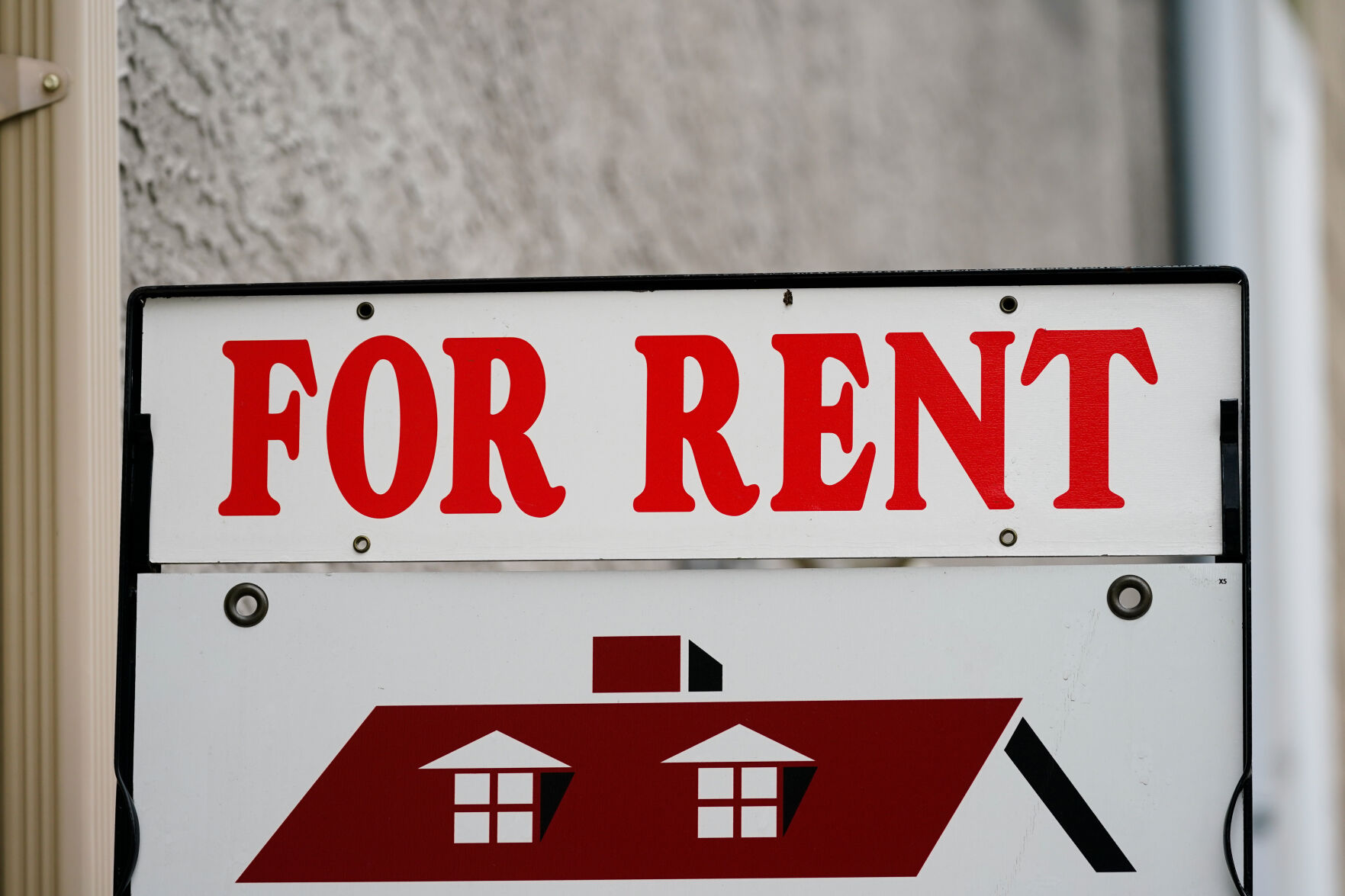LOS ANGELES — The cost of renting an apartment is easing after skyrocketing in recent years, though it remains painfully high for many Americans.
The U.S. median rent rose 2.4% in January from a year earlier to $1,942, the lowest annual increase since June 2021, according to data from Rent, which tracks listings for apartment and rental houses.
The median rent peaked in August at $2,053, while the annual rate of growth topped out at nearly 18% in March last year, according to Rent. On a monthly basis, January’s national median rent was down about 2% from December, its fourth decline in five months, the company said.
After surging in 2021 and most of 2022, rent growth has begun to moderate amid slowing demand and rising competition from new apartment construction, which has put pressure on landlords to ease rent increases.
“It’s the inventory, the fact that rents have been so high, a lot of people uncertain about the economy and just staying put, not moving around as much,” said Jon Leckie, a researcher at Rent.
Even with rent growth easing, the sharp increases in recent years have squeezed tenants’ budgets by gobbling up a bigger share of their income.
The national average rent-to-income ratio reached 30% in the fourth quarter, according to Moody’s Analytics. That ratio was the highest it’s been in the more than 20 years Moody’s has been tracking it.
Households that pay 30% or more of their income on rent are considered “cost-burdened” by the U.S. Department of Housing and Urban Development.
“As the disparity between rent growth and income growth widens, Americans’ wallets feel financial distress as wage growth trails rent growth,” Moody’s economists wrote in a January report.
The trajectory of rent growth becomes far less uniform when looking at specific metropolitan areas. In many metros in the Southeast and Midwest, rents have kept rising sharply amid a surge in people moving there from the West and Northeast, where housing tends to be more expensive.
The median rent in the Raleigh-Cary, N.C., metro area soared 22.5% in January from a year earlier, while in Cleveland-Elyria, Ohio, it vaulted 17.5%, according to Rent.
Among the metros where median rents fell most in January from a year earlier: Phoenix-Mesa-Chandler, Ariz., down 6.7%, and Oklahoma City, down 6.3%.
It’s unlikely rents nationally will fall sharply, as demand for housing remains strong and the high mortgage rates that knocked the for-purchase housing market into a skid are forcing many would-be homebuyers to continue renting.
“What’s going to happen is when we get back into the warmer months people are going to start moving again and you’re going go see the demand that we lost over the winter time and that will kick prices back up again,” Leckie said.


